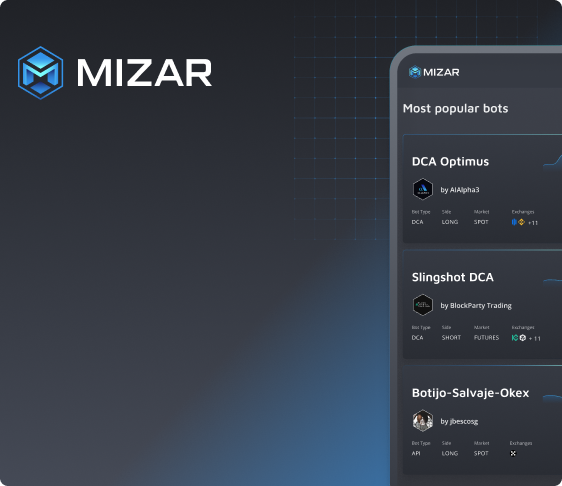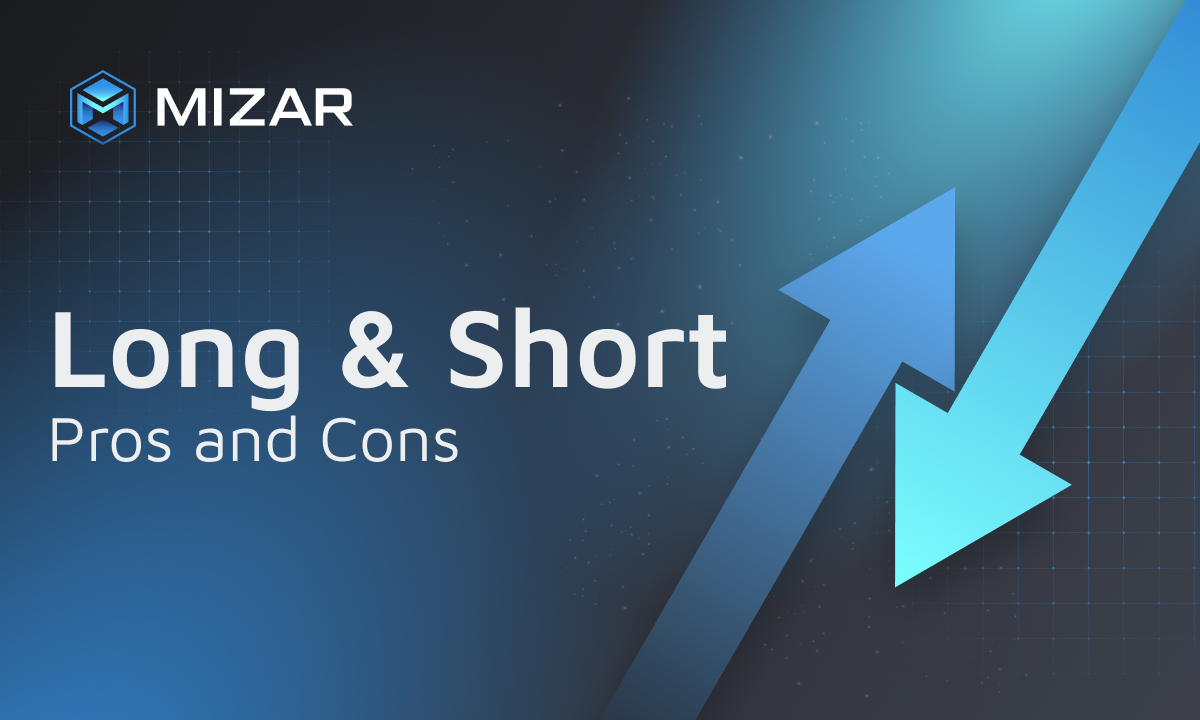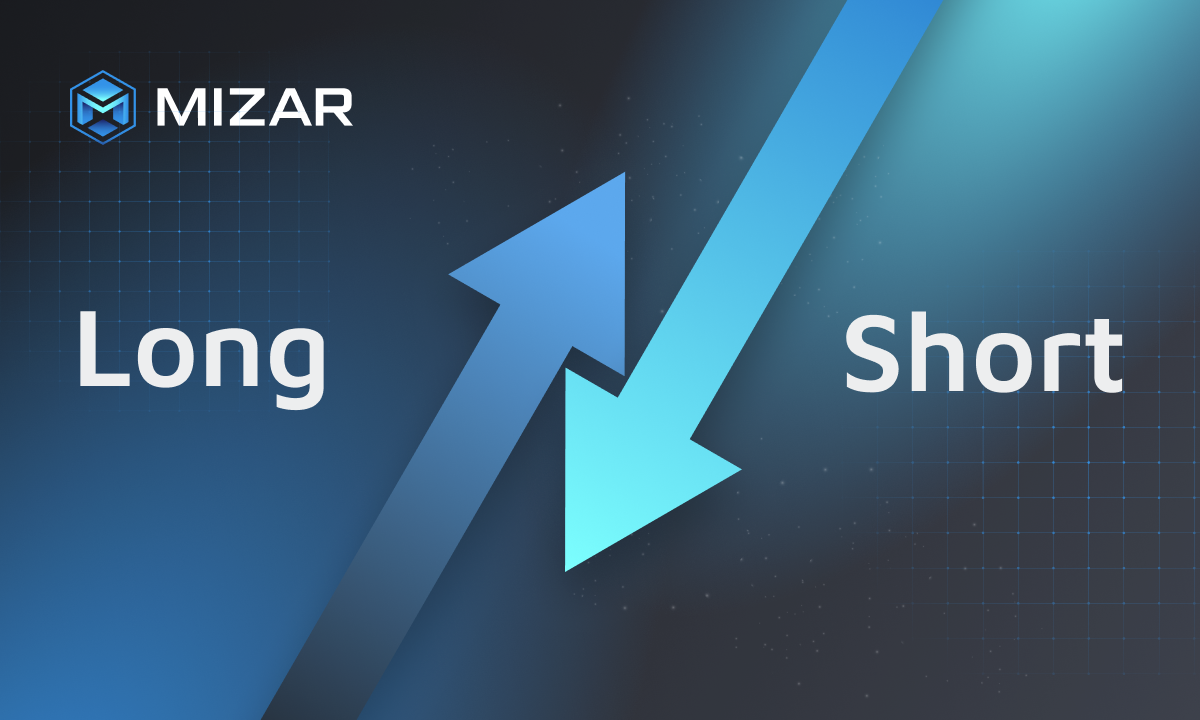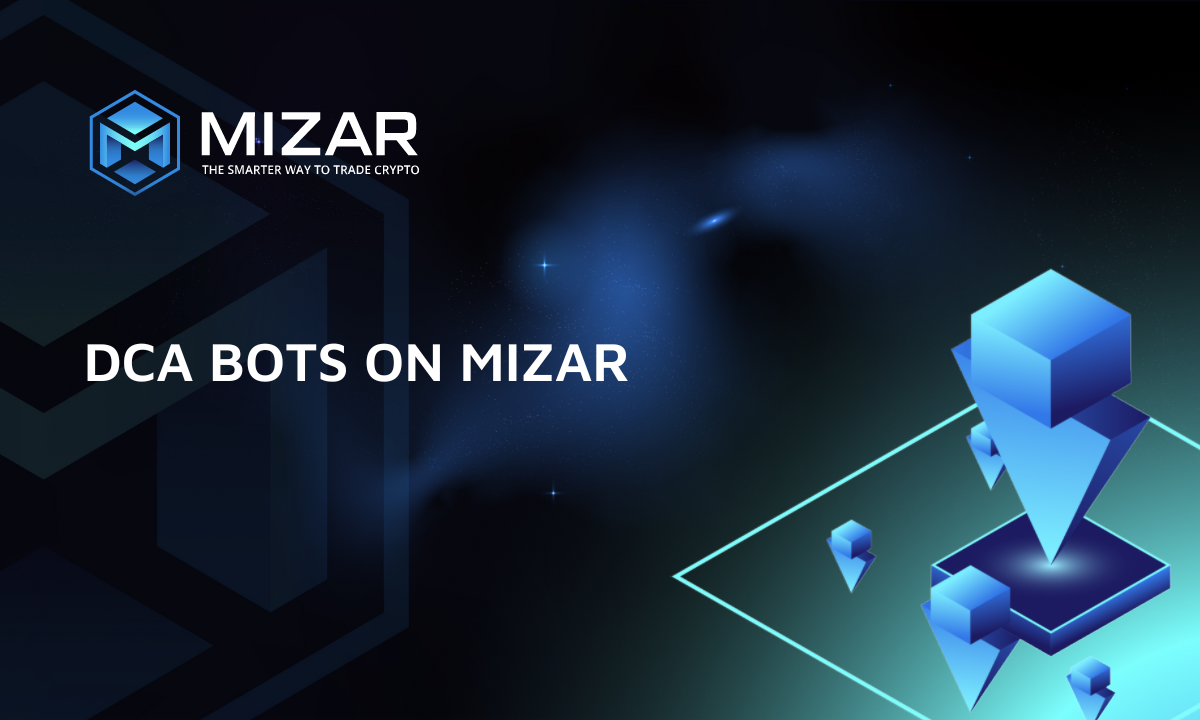Understanding Long and Short Bot Strategies in Cryptocurrency Trading
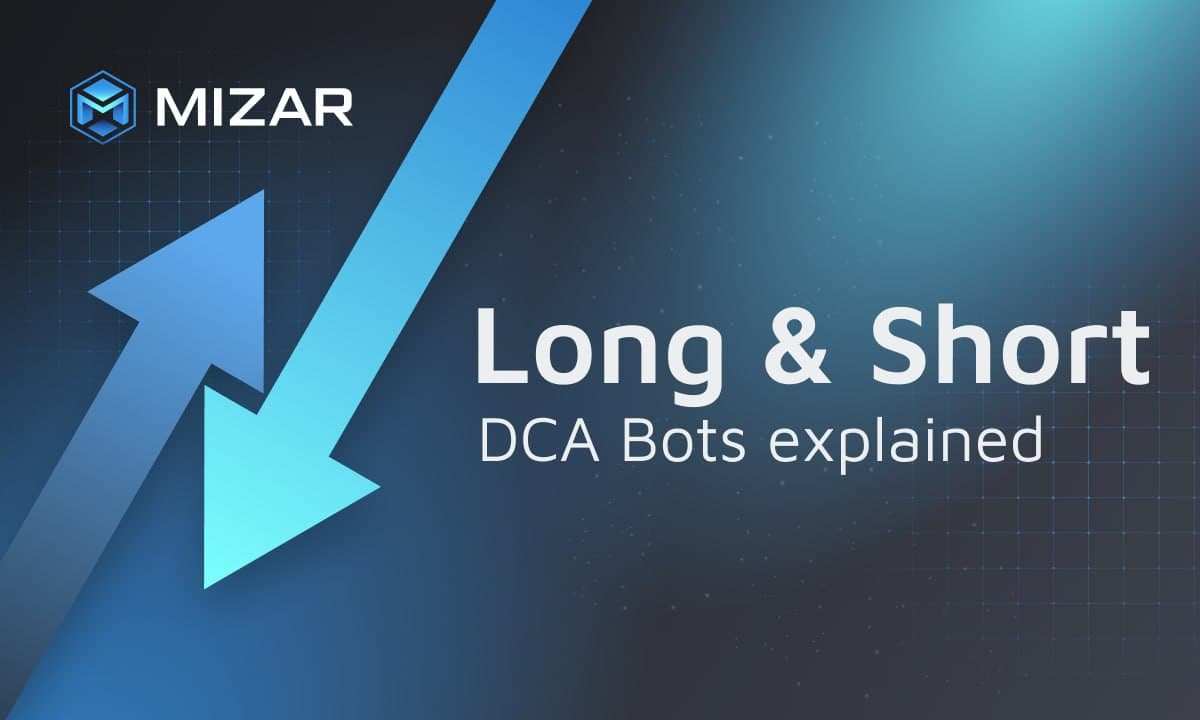
If you're new to crypto trading, you might find it tough to keep up with the ever-changing market trends and the unpredictable nature of cryptocurrencies. But, there's a solution to this problem - automated dollar cost averaging (DCA) trading bots. These bots can help you make profits by purchasing and selling cryptocurrencies at the right time and improve your performance thanks to automation and cost averaging.
In our previous articles we gave a brief introduction about long and short bots (read here) and focused on the advantages and disadvantages of them (read here). In this article, we'll go into the details of long and short DCA crypto bot strategies - and explain how they work.
We’re going to explain the mechanics of base orders and safety orders, and how this works in long and short strategies. To make it easier for you to understand, we'll provide an example calculation for each bot type, so you can see how they work in practice.
Recap: How DCA bots work on Mizar - base order and safety orders
Instead of lump sum investing DCA bots are bots that split your investment into multiple parts by purchasing and selling at predefined price targets. DCA bots automatically initiate and manage positions based on trading signals and bot settings. Learn more about DCA strategies and bots by reading this article.
A position is defined as the sum of the initial order, known as the base order, and subsequent safety orders that are opened and executed according to the bots settings. The base order size represents the amount of quote asset (such as USDT) used to execute the base order when a new trading signal is received.
For example, if the trading signal indicates to buy BTC, then your bot will execute a purchase of BTC worth 50 USDT. After that, based on the bot's settings, additional safety orders will be executed if the price reaches predefined targets. Suppose your bot is configured to buy 100 USDT worth of BTC when the price drops 5% compared to the base order's purchase price; in that case, the bot will do it at the right time, automatically.
Below, a step-by-step explanation of the DCA bot mechanics.
Based on the received trading signal, the bot initiates a new position by executing the base order. At the same time, the bot opens the safety orders and the take profit order on your exchange, which will be automatically executed when the price reaches the target.
In the event of falling (or raising for shorting) prices, the safety orders will be executed at the predefined deviation from the average position price.
When a safety order is executed, the bot updates the take profit order and open new safety orders if necessary.
When the take profit price is reached (or the stop loss), the bot closes all the executed orders (with a sell order for long bots) or cancels the open ones, and the position is closed.
Once the position is closed, the bot waits for new trading signals before starting another position.
How do long DCA bots work in more detail?
As we explained in the previous articles, if the market is on an upward trend, the bot will purchase coins using the quote asset (eg. USDT) at a low price and sell it for a profit when the price increases. For instance, buying one coin for $50 and selling it for $55 would yield a profit of 5 USDT, which comes from the difference in price.
A practical example:
Neil has $500 and invests in a DCA BTC/USDT long bot, on the SPOT market. The bot settings are the following:
The bot purchases a base order of 0.01 BTC for 200 USDT when the BTC price reaches $20,000.
The take profit (a sell order) is set at $22,000, representing a 10% profit.
The bot opens three safety orders in increments of 2.5% below the original purchase price. The purchase amount for each safety order is 100 USDT.
The first safety order triggers if the price drops by 2.5%
The second safety order triggers if the price drops by 5%
The third safety order triggers if the price drops by 7.5%.
Every time the price of BTC reaches $19,500, $19,000, and $18,500, Neil will purchase on his exchange 100 USDT worth of BTC:
The price reaches $20,000 and the base order is executed, purchasing 200 USDT worth of BTC (0.001 BTC).
The price then drops to $19,500 and the first safety order is executed buying 100 USDT worth of BTC (0.00513 BTC). The bot originally purchased 0.01 BTC, so after the safety order is executed, Neil now has 0.01513 BTC, which cost him a total of 300 USDT. The average purchase price of BTC is 300 USDT / 0.01513 BTC = $19,828.
The Take Profit order is adjusted and moved down from $22,000 to $21,810, which is 10% above the average purchase price of $19,828. The price of BTC reaches $19,828 and the position is closed. That means, all the open safety orders are canceled while the take profit (sell order) is executed. Neil earned 0.01513 BTC * ($21,810-$19,828) = 30 USDT.
And what about short DCA bots?
Short DCA bots work with the same mechanism, but on the opposite side of the long DCA bots. In fact, the algorithm will adapt for a downward market. The bot will open a new position at a high price and close it at a lower price, making a profit from the negative price difference.
Following the example of before, Neil thinks the price of ETH follows an anti-correlated pattern with BTC, and he expects the price to drop. He sets up a DCA bot on his Binance USDT perpetual account to short ETH, with a base order of 200 USDT. To refresh your mind about what shorting is in trading, check out our latest article here.
The bot settings are similar to the ones of the previous bot, but set up to short the market. The bot settings are the following:
The bot opens a new position with a base order of 0.1 BTC for 200 USDT when the ETH price reaches $2,000.
The take profit (close position) is set at $1,800, representing a 10% profit.
As before, the bot open three safety orders in increments of 2.5% above the original purchase price. In this case, every time the price of ETH reaches $2,050, $2,100, and $2,150, the bot will add 100 USDT worth of ETH to the position.
The price reaches $2,000 and the base order is executed, opening a short position of 200 USDT (0.1ETH).
The price then increases to $2,050 and the first safety order is executed buying 100 USDT worth of ETH (0.048 ETH). The average purchase price of ETH is 300 USDT / 0.148 BTC = $2,027.
The Take Profit order is adjusted and moved up from $1,800 to $1,824, which is 10% profit.
The algorithm calculates the average purchase price of ETH with each orders execution. Every time the price reaches the safety order target, a new safety order will be executed and the take profit price threshold adjusted.
Conclusion
Long and short DCA bots can help traders to reduce the risk associated with making inaccurate assumptions in trading. In fact, predicting the price trend or future events in the crypto market can be very difficult, if not impossible.
DCA bots allow traders to mitigate their risk by setting safety measures, thus protecting their investments. By splitting their investment into multiple parts at predefined, regular intervals, DCA bots enable traders to benefit from cost averaging, reducing the impact of short-term volatility on their portfolio.
Although long and short DCA bots have the same trading strategy mechanics, they are suitable for different market conditions. Long bots are best suited for uptrend markets, while short bots are ideal for downtrend markets. Combining both long and short DCA bots can help traders increase their chances of success in bull, bear, and sideways markets, improving their performance through cost averaging.
In the next article we’ll explain what SPOT and FUTURES markets are and provide you with a comprehensive understanding of these markets. Additionally, we will guide you on how to evaluate different markets for your investment strategy using the social trading platform Mizar.
With our advanced trading tools, you can start trading on Binance or other exchanges on various markets in real time. If you cannot wait for the next article, the easiest way to get started is crypto copy trading. You can automatically copy trading strategies from the Mizar marketplace here.
